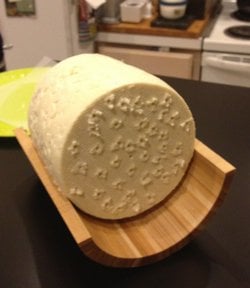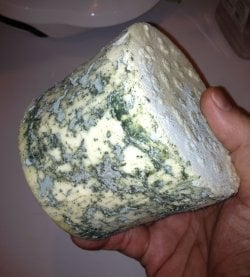I read that. Good article. Looks simple...to this electrical engineer that grew up doing electrical work. Not so simple to a novice....and I doubt if the completed system comes with a two year warranty.How do you maintain the pressure? Is it supposed to be under a 50 pound weight or pressed at 50 psi?This picture is of my press that I made. Right now, though you can't see it, there is a 2 pound block of Farmhouse Cheddar in that press under 50 pounds of pressure and will stay that way until morning:
Easiest solution...buy a wine cooler.Apparently the highest I can get my fridge to go is 44 degrees. Unless I can figure something else out, it will take eons for my cheese to cure.
Allavino KWT-18SS Thermoelectric 18 Bottle Wine Refrigerator with Stainless Steel Trim Door | BeverageFactory.com
This thermoelectric wine cooler is designed for maximum cooling of 26 degrees Fahrenheit below ambient temperature. When the ambient temperature is around 77 degrees Fahrenheit (25 degrees Celsius) or less, the unit can maintain a temperature range of 51-64 degrees Fahrenheit (11-18 degrees Celsius).
Hardest solution....design and build a cheese cellar...depth below grade depending on where you are.
Ground Temperatures as a Function of Location, Season, and Depth
I would go with the wine cooler!
Or, if you're handy, this article about hoe to convert a refrigerator is pretty comprehensive.
How to Convert a Refrigerator for Curing Meat or Aging Cheese | Have YOU Ben Starr Struck?
Last edited:



